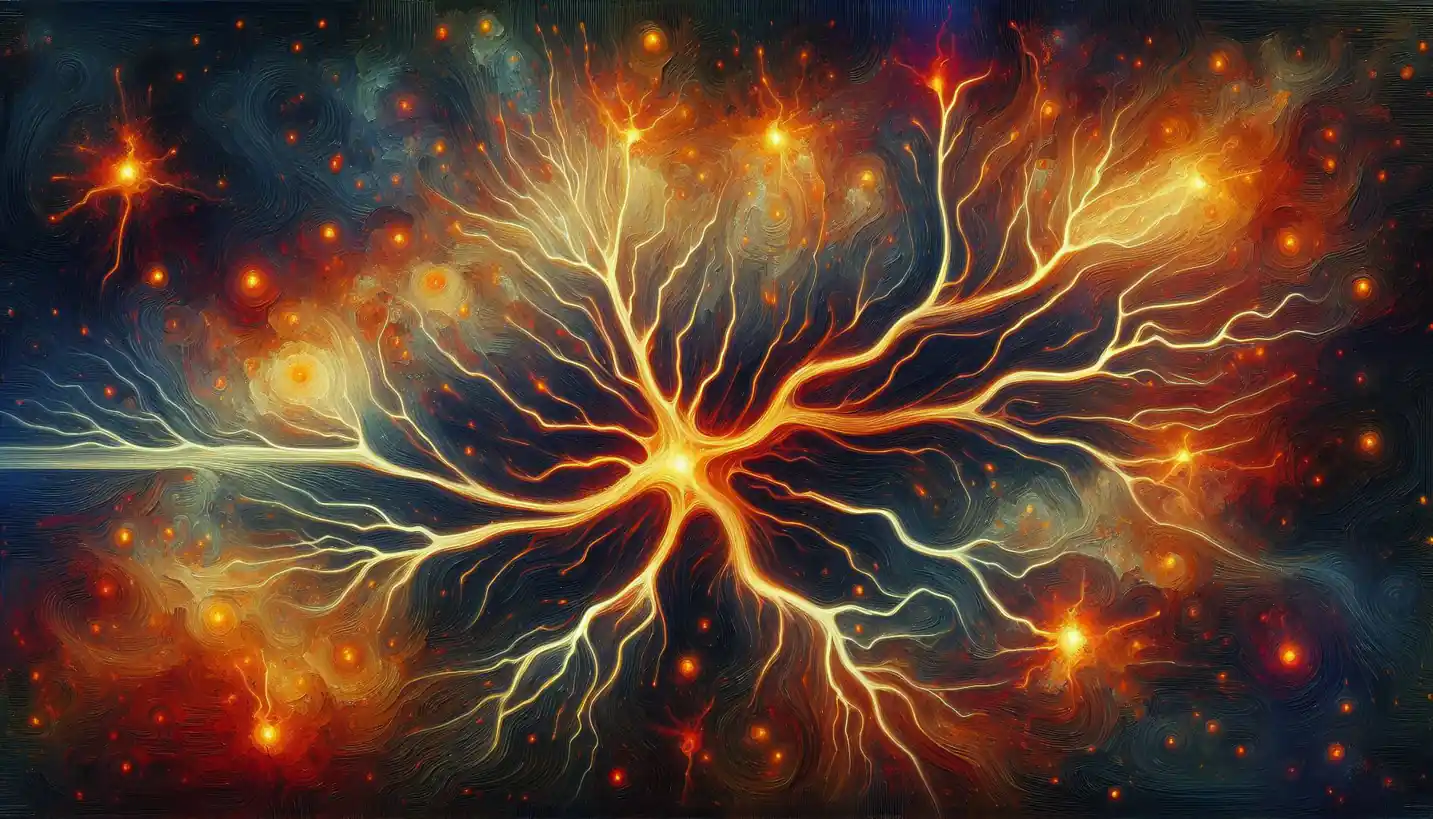· Biology · 4 min read
Sarcomere: The Tiny Powerhouse of Muscle Movement
Sarcomeres are essential for muscle contraction, enabling movement by sliding filaments within cells. Discover the astonishing mechanism powering every move from a simple blink to a marathon run.

Whenever we flex our muscles to lift a bag or sprint down a track, there’s a microscopic world at play making those movements possible. In this world, the hero of the story is the sarcomere, a tiny but powerful structure found in our muscle cells. Let’s delve into how these little units work, why they’re important, and what happens when they don’t function properly.
The Building Blocks of Muscle
Muscles are like biological machines, and at the heart of their operation are muscle fibers. Dive deeper into these fibers, and you’ll find a repeating pattern of microscopic segments called sarcomeres. These are the basic units of muscle contraction, neatly stacked in a row within a muscle cell, just like links in a chain.
Each sarcomere is made up of proteins, primarily actin and myosin. Picture a sarcomere like a tiny factory with conveyor belts. The actin filaments are the tracks, while myosin filaments are like motors moving along these tracks.
How Sarcomeres Work
So, how does a sarcomere turn energy into movement? It all boils down to a simple sliding mechanism. When your brain decides it’s time to move, it sends a signal that releases calcium ions in the muscle cells. These ions bind to a protein called troponin located on the actin filaments, moving another protein called tropomyosin out of the way.
With the path cleared, the myosin heads reach up and pull themselves along the actin filaments, shortening the sarcomere. This is what we call the sliding filament theory. Millions of sarcomeres contracting in unison are what create muscle contractions, allowing us to perform everything from delicate tasks like writing to powerhouse movements like jumping.
The Role of Energy
Where does the energy come from to power all these actions? ATP, or adenosine triphosphate, is the molecule that muscles primarily use for energy. Every time a myosin head binds to an actin filament, it needs ATP to generate movement. Think of ATP as the fuel that drives our muscle motors. Without a steady supply of it, muscles would quickly tire out.
Importance in Everyday Life
The sarcomere’s importance can’t be overstated. It’s crucial not only for human motion but also for maintaining posture. Even when standing still, your muscles are at work, constantly adjusting and contracting to keep you upright, all thanks to the sarcomeres tirelessly doing their job.
Moreover, sarcomeres are incredibly efficient and adaptable. Over time and with training, muscles can increase their capacity, allowing sarcomeres to become stronger and more resistant to fatigue. This adaptability is why we can improve our athletic abilities through regular exercise.
What Happens When Things Go Wrong?
Unfortunately, when sarcomeres don’t function properly, it can lead to muscle disorders and diseases. Conditions such as muscular dystrophy involve mutations that prevent sarcomeres from working correctly. This results in muscle weakness and degradation over time.
Injuries, too, can affect sarcomere function. Overstretching or tearing muscles can damage the sarcomeres, leading to pain and a loss of strength. Fortunately, with rest and rehabilitation, these units can repair and regenerate, highlighting their remarkable resilience.
Future of Sarcomere Research
Excitingly, science is paving the way to unlock even more secrets of the sarcomere. Researchers are exploring how to exploit the regenerative abilities of these structures to develop treatments for muscle-related diseases and injuries. Living well into old age with strong, healthy muscles might be possible with breakthroughs in this frontier of biology.
Will there be a day when we can enhance our sarcomeres to recover almost instantly, or even prevent muscle atrophy entirely? Researchers are on the case, and future discoveries will certainly further our understanding of these little but mighty units.
Conclusion
So the next time you take a walk, lift a weight, or even stand perfectly still, remember the crucial role those tiny sarcomeres play. They’re hard at work, keeping you moving and supporting your every step. Whether you’re focused on fitness or just fascinated by the wonders of biology, the sarcomere is a perfect example of how complex structures can come together to make the simplest actions possible.


